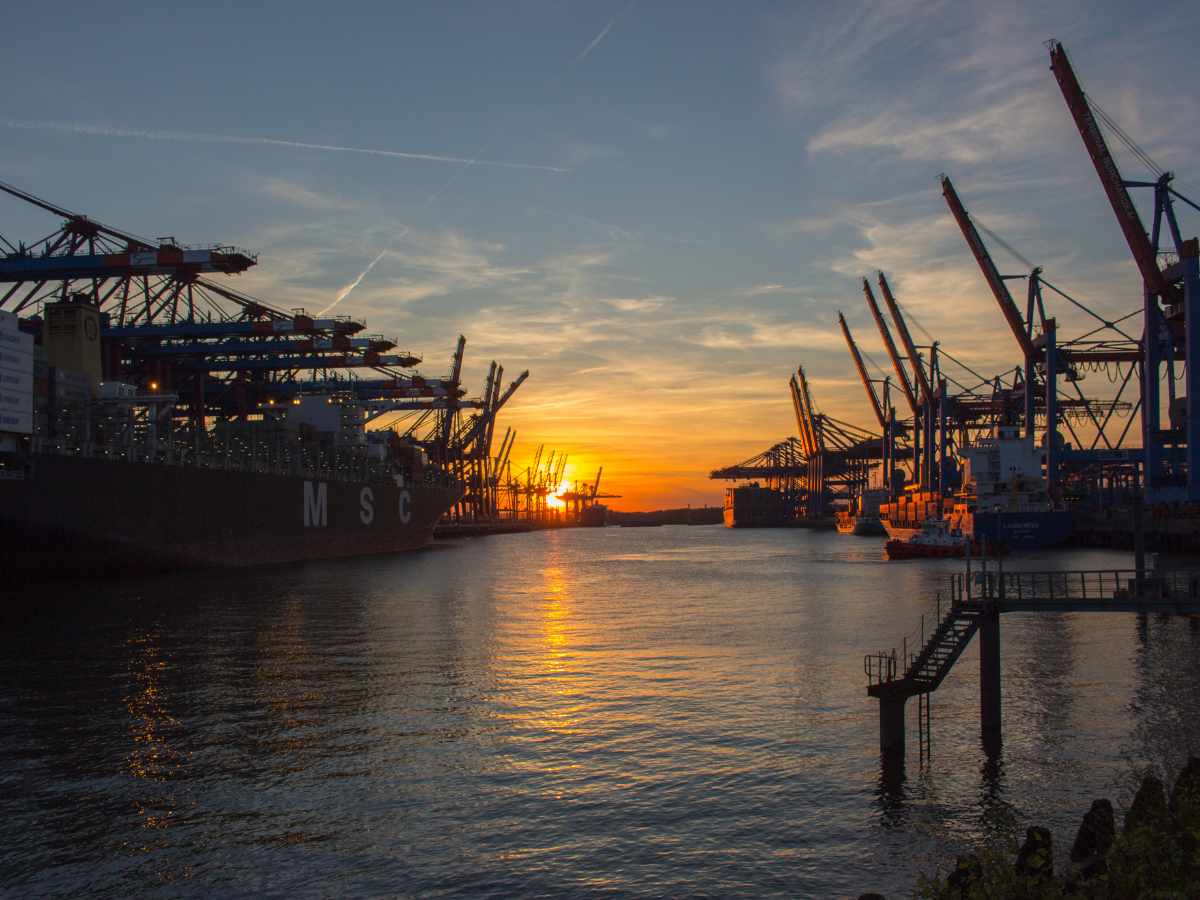India makes first rupee payment for UAE oil purchase
India which is considered as the third largest consumer of energy has been pushing the boundaries for currency stigma growth via purchasing its first ever oil from UAE oil import.

The country is considered to be 85 per cent dependent on 85 percent oil imports with the largest importer being Russia, while Saudi Arabia, Iran, and UAE stand as the second largest. India aims to cut transaction costs by settling trades in rupees instead of dollars. The move is typically considered as a significant shift towards globalising the domestic currency.
The strategic move was not successful in the case of Russian imports, that was engulfed by the Ukraine war and sought difficulty in trading in rupees instead of dollars in bid to cut transaction costs by eliminating dollar conversions.
India signed an agreement with the UAE for a rupee settlement with Indian oil Corporation [IOC] made payments for purchase of a million barrels of crude oil from Abu Dhabi National Oil Company[ADNOC] in Indian rupees.
Join PSU Connect on WhatsApp now for quick updates! Whatsapp Channel

While some of the Russian oil imports have been settled in rupee, to boost the rupee's role in cross-border payments, the RBI allowed more than a dozen banks to settle trades in rupees with 18 countries since last year. This is elongated by encouraging more oil exporters such as the UAE and Saudi Arabia to accept the Indian currency for trade settlement transactions.
The next essential step to look forward is the internationalisation of the rupee which will help reduce dollar demand and make the Indian economy less vulnerable in front of global currency.
Read Also : Tushar Kumar takes charge as Executive Director (Renewables) in Coal India LtdDespite obvious steps taken by oil-controlling PSUs, there are so many challenges in rupee trade settlement like Exchange Rate Volatility which means internationalising the rupee exposes it to greater exchange rate volatility.
Capital Flight and Financial Stability can be strained, impacting the forex reserve of the country and creating challenges for monetary policy management.
Competing global currencies like the US dollar, euro, and yen, enjoy widespread acceptance and liquidity. The lack of credibility is also one of the fundamental reasons.
Read Also : ACC appoints Chief Vigilance Officers in major PSUs